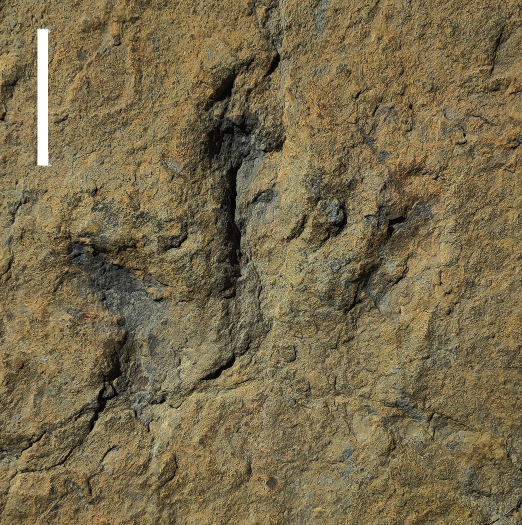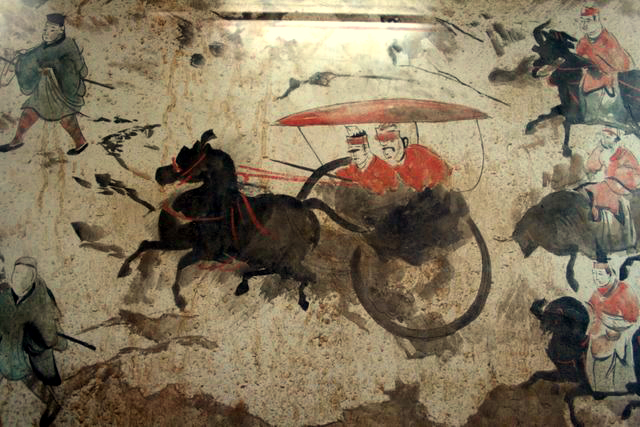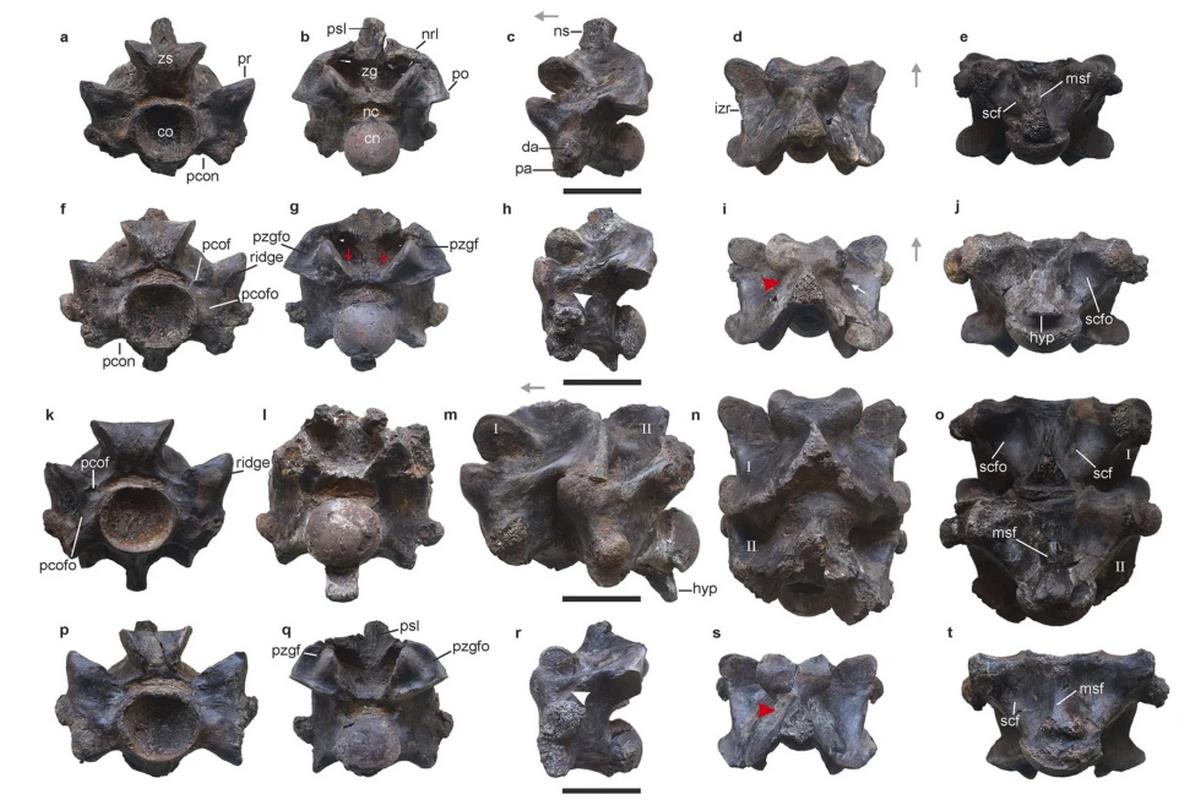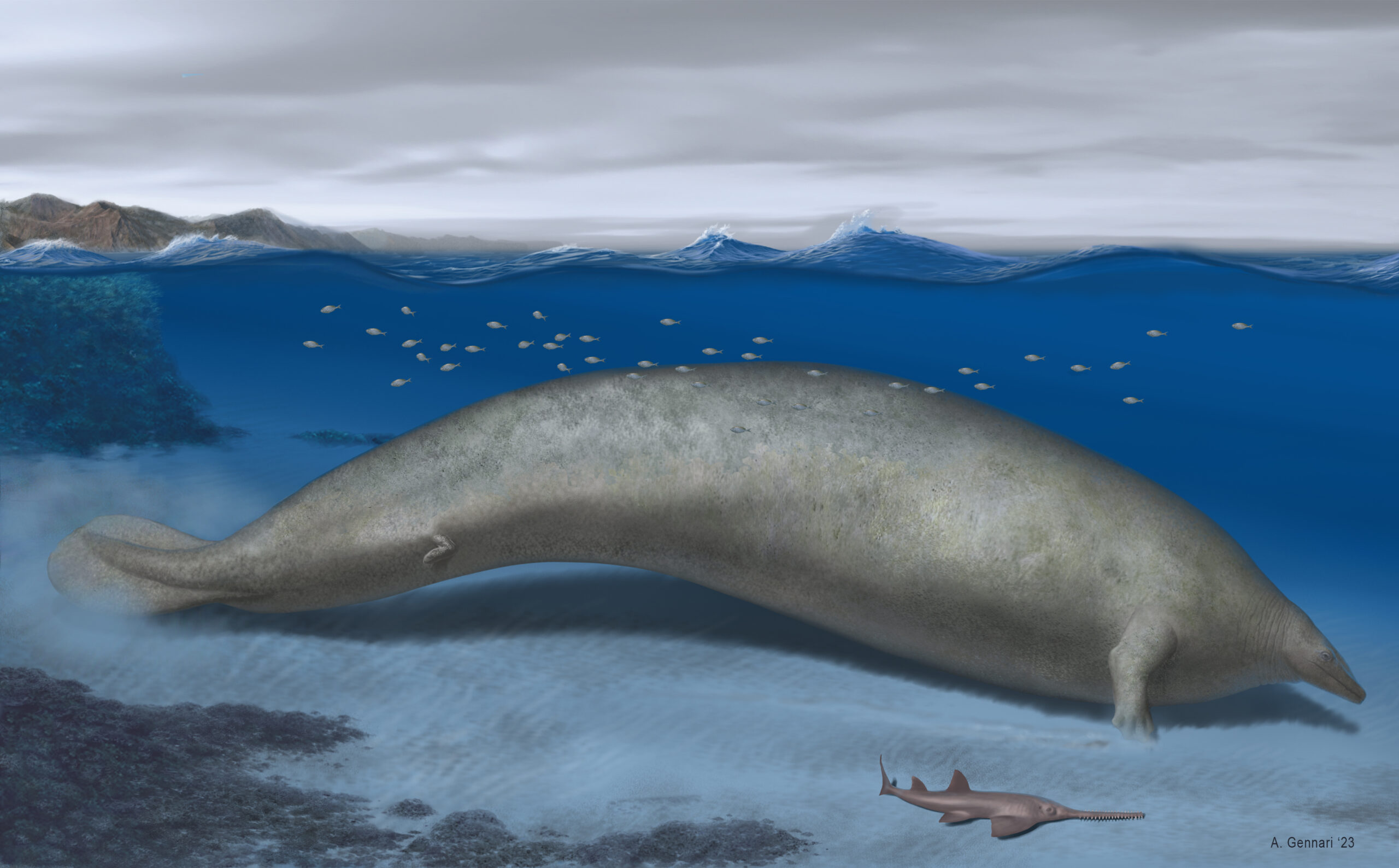PICTURED: One of the La Torre 6A trackway footprints from La Rioja, Spain. PC: Pablo Navarro-Lorbés.
Spanish paleontologists studying sets of fossilized dinosaur footprints have discovered that there were early Cretaceous-Era therapods, the family of velociraptor and T-rex, capable of running at around 45 km/h (28 mph).
Furthermore, one set of footprints indicate that they were capable of rapid maneuvering in close quarters including fast stops and starts, and tight cornering. The analysis means that the tragically-unidentifiable therapod that made the tracks was the third-fastest of its subgroup ever recorded.
La Rioja, the small northern region of Spain, is literally famous specifically for dinosaur footprints, and the recent discovery of two “trackways” was only the latest in a string of high-profile finds. There, a flood plain’s mud was covered in new sediments millions of years ago, preserving the trackways beneath. Today those top sediments are eroding, exposing the impressionable ancient mud beneath.
Dubbed La Torre 6A-14 and La Torre 6B-1 trackways by Pablo Navarro-Lorbés and colleagues from the University of La Rioja, they contain 12 prints, five in 6A and seven in 6B.
The distance between the toes was smaller than other therapod tracks, but they had larger toes. Navarro-Lorbés determined it was not possible to identify the animals which made them, but gave a humble scientist’s estimate that they could have been from the spinosaurid or carcharodontosaurid families, both of which contain the largest land predators to ever live.
PICTURED: Concavenator corcovatus, a humpbacked therapod found in the Iberian Peninsula that could have made the tracks based on the width of its hips. PC: Mario Lanzas. CC 4.0.
Agile giants
Far from being slow-moving and cumbersome, analysis of the running gait preserved in the trackways indicate the therapods that made them were not only very large, but also very fast and agile.
Based on the angles of and distances between the footprints, the researchers, who published a corresponding paper in Nature, calculated that the theropod who made the 6A tracks ran at a speed between 23.4 and 37.1 km/h (14.5 and 23.1 mph), while the 6B theropod ran even faster at between 31.7 and 44.6 km/h (19.7 and 27.7 mph).
“One of the perennial questions in the paleobiology of non-avian theropod dinosaurs is their capacity for locomotion, e.g. how did they move? How fast did they go?” write the authors. “Based on the speed obtained for the La Torre 6A theropod is between 6.5 and 10.3 meters per second, whereas the La Torre 6B theropod ran even faster at speeds of between 8.8 and 12.4 meters per second. These speeds are among the fastest calculated for dinosaurs from fossil tracks”.
In fact, they are placed by the authors as among the top three speeds estimated for theropod footprints, with 6B clocking in at around the same speeds achieved by black and grizzly bears in Yellowstone National Park.
Other taxon which have had their speeds estimated by tracks involve velociraptor, at 15.1 meters per second, a young T-rex which clocked in at between 11 and 14 meters per second, and the smaller, lightning-fast compsognathus, at 17 meters per second.
Of the two recent trackways, 6B was clearly the superior athlete, as among his 7 tracks can be found evidence of abrupt changes in speed and direction, which the authors suggest means the dinosaur was maneuvering as it ran. 6A’s footprints instead show a rapid increase in acceleration between each stride.
A rapid decrease in speed was found between track 4 and track 5, as well as a sharp right turn, followed by a rapid increase from print 5 to 6 in coordination with a return to the original route, and then another sharp decrease and right turn between 6 and 7.
“This shows that dinosaurs were able to increase their speed in two different ways, either an abrupt increase in their displacement speed or a smooth and constant acceleration, and that they were able to combine both strategies within a single run phase,” explain the authors. “By contrast with La Torre 6A, the La Torre 6B trackway shows significant abrupt (from one step to the next) speed changes, again suggesting a “maneuvering” dinosaur”.
This mixture of maneuverability, acceleration, and top speed, supports the hypothesis, they write, that Cretaceous-Era therapods had roles both as hunters of small, agile prey, and of much larger animals.




